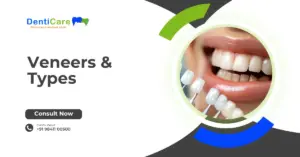Tooth alignment treatment makes it more difficult for the patients to clean their teeth because it involves placement of brackets, wires, elastics and other aligning materials on the teeth surface. Poor oral hygiene increases the risk of cavity formation and gum diseases. Hence maintenance of good oral hygiene has added significance for braces wearers than others.
As a braces wearer you should know the best way to maintain good oral hygiene and things that you could do to keep your bracket safe and avoid minor harms from them.
How can I maintain my oral hygiene?
- Brush twice a day with orthodontic tooth brush and proper brushing technique (brushing should always be done in vertical than in horizontal direction).
- Gargle with water each and every time after a meal or snack.
- Interdental brushes, fluoride based mouth rinses are the additional measures that can decrease the risk of decay.
How should I protect my braces?
- Hard food (nuts, bones, hard candies, rice crackers etc) should be avoided as they can cause breakage of brackets from the tooth.
- Hard fruits and vegetables should be smashed or cut into small pieces before eating.
- Occasional or habitual biting of nails, pencil tips, pens should be avoided.
- Sticky foods should be avoided as they increase the risk of teeth decay.
Why do I get pain during my treatment and how can I get rid of it?
- The two main reasons includes: pain during tooth movement, pain due to sharp points.
- Pain that occurs during tooth movement is common to all braces wearers, painkillers can be taken occasionally, if needed, in case of unsettled pain consult the dentist.
- Pain can also be due to the sharp points, which can be relieved instantly by placing chewing gum or dental relief wax in that particular region and then should visit the dentist for further management.
Read Also: Restorative Treatment





